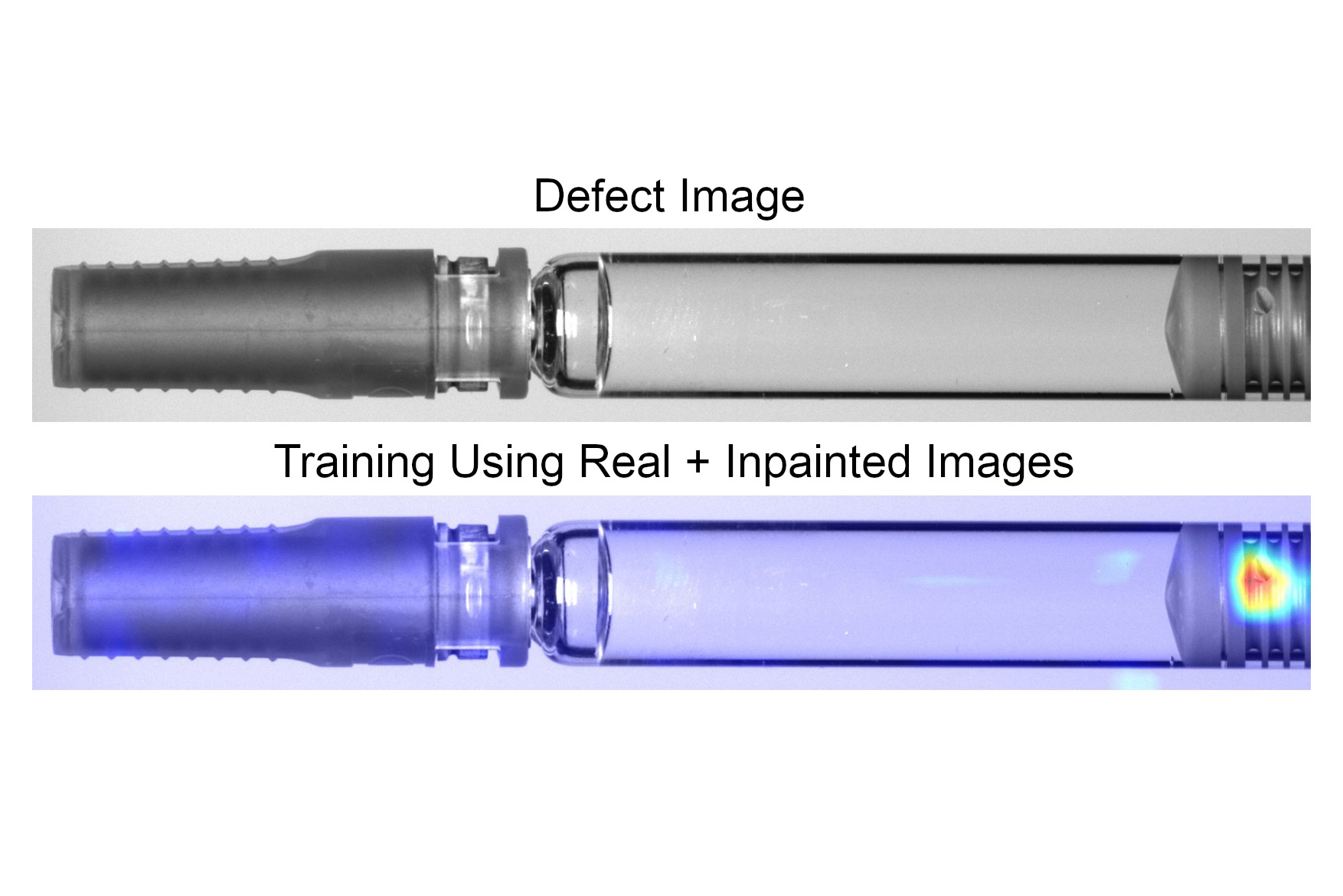Meet the Omnivore: SiBORG Lab Elevates Approach to Accessibility Using OpenUSD and NVIDIA Omniverse
Accessibility is a key element that all designers must consider before constructing a space or product — but the evaluation process has traditionally been tedious and time-consuming. Mathew Schwartz, an assistant professor in architecture and design at the New Jersey Institute of Technology, is using the NVIDIA Omniverse platform and the Universal Scene Description framework, Read article >

Accessibility is a key element that all designers must consider before constructing a space or product — but the evaluation process has traditionally been tedious and time-consuming.
Mathew Schwartz, an assistant professor in architecture and design at the New Jersey Institute of Technology, is using the NVIDIA Omniverse platform and the Universal Scene Description framework, aka OpenUSD, to help architects, interior designers and industrial designers address this challenge.
 Schwartz’s research and design lab SiBORG — which stands for simulation, biomechanics, robotics and graphics — focuses on understanding and improving design workflows, especially in relation to accessibility, human factors and automation. Schwartz and his team develop algorithms for research projects and turn them into usable products.
Schwartz’s research and design lab SiBORG — which stands for simulation, biomechanics, robotics and graphics — focuses on understanding and improving design workflows, especially in relation to accessibility, human factors and automation. Schwartz and his team develop algorithms for research projects and turn them into usable products.
Using Omniverse — a development platform that enables multi-app workflows and real-time collaboration — the team developed open-source, OpenUSD-based code that automatically generates a complex accessibility graph for building design. This code is based on Schwartz’s research paper, “Human centric accessibility graph for environment analysis.”
The graph provides feedback related to human movement, such as the estimated energy expenditure required for taking a certain path, the number of steps it takes to complete the path, or the angles of any inclines along it.
With Omniverse, teams can use Schwartz’s code to visualize the graph and the paths that it creates. This can help designers better evaluate building code and safety for occupants while providing important accessibility insights.
The Power of OpenUSD
Traditionally, feedback on accessibility and environmental conditions during the building design process has been limited to building code analysis. Schwartz’s work enables designers to overcome this obstacle by seamlessly integrating Omniverse and OpenUSD.
Previously, he had to switch between multiple applications to achieve different aspects of his simulation and modeling projects. His workflows were often split between tools such as Unity, which supports simulations with people, and McNeel Rhino3D, which offers 3D modeling features.
With OpenUSD, he can now combine his research, Python code, 3D environments and renders, and favorite tools into Omniverse.
“What got me hooked on Omniverse was how it allows me to combine the Python application programming interface with powerful physics, rendering and animation software,” he said. “My team took full advantage of the flexible Python APIs in Omniverse to develop almost the entire user interface.”
Schwartz’s team uses Omniverse to visualize and interact with existing open-source Python code in ways that don’t require external work, like seamlessly linking to a third-party app. The lab’s versatile data analysis tool can interact with any program that’s compatible with OpenUSD.
“With OpenUSD and Omniverse, we’ve been able to expand the scope of our research, as we can easily combine data analysis and visualization with the design process,” said Schwartz.
Running Realistic Renderings and Simulations
Schwartz also uses Omniverse to simulate crowd movement and interactions.
He accelerates large crowd simulations and animations using two NVIDIA RTX A4500 GPUs, which enable real-time visualization. These accelerated simulations can help designers gain valuable insights into how people with reduced mobility can navigate and interact in spaces.
“We can also show what locations will offer the best areas to place signage so that it’s most visible,” said Schwartz. “Our simulation work can be used to visualize paths taken in an early-stage design — this provides feedback on accessibility to prevent problems with building code, while allowing users to create designs that go beyond the minimum requirements.”
Schwartz also taps the feedback and assistance of many developers and researchers who actively engage on the Omniverse Discord channel. This collaborative environment has been instrumental in Schwartz’s journey, he said, as well as to the platform’s continuous improvement.
Schwartz’s open-source code is available for designers to use and enhance their design workflows. Learn more about his work and how NVIDIA Omniverse can revolutionize building design.
Join In on the Creation
Anyone can build their own Omniverse extension or Connector to enhance 3D workflows and tools.
Check out artwork from other “Omnivores” and submit projects in the Omniverse gallery. See how creators are using OpenUSD to accelerate a variety of 3D workflows in the latest OpenUSD All Stars.
Get started with NVIDIA Omniverse by downloading the standard license free, access OpenUSD resources, and learn how Omniverse Enterprise can connect your team. Stay up to date on Instagram, Medium and Twitter. For more, join the Omniverse community on the forums, Discord server, Twitch and YouTube channels.





































